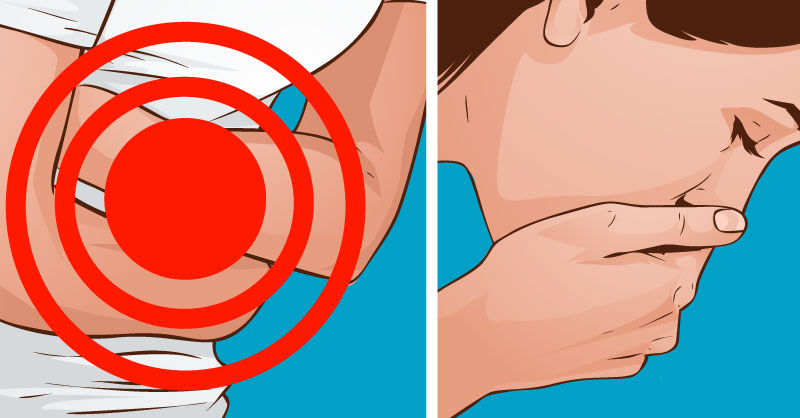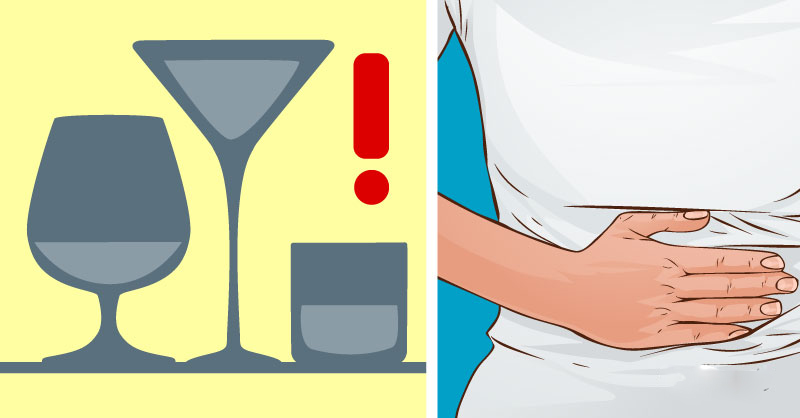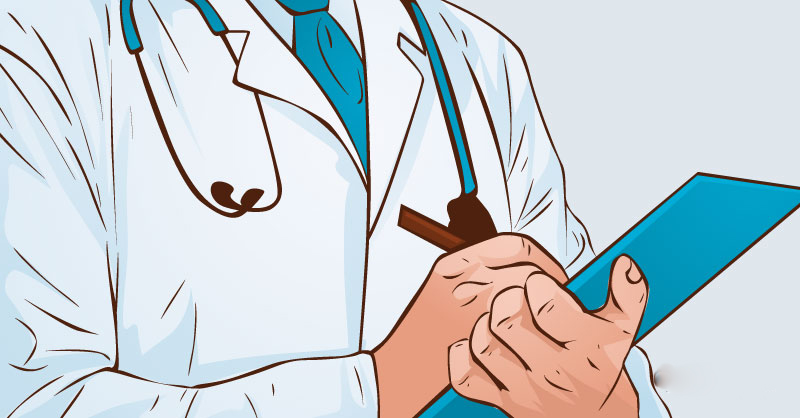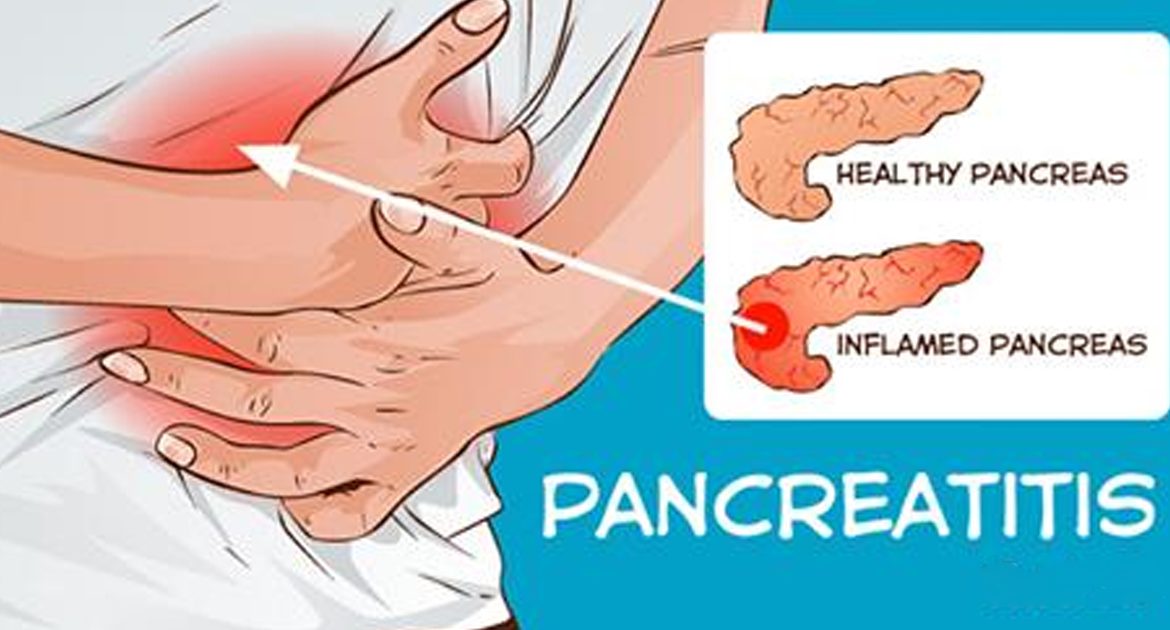Many people don‘t even know about the existence of some vital body organs since they are not seen or felt in our everyday life. It is pretty sad, but some of us learn about them only when they start aching and causing serious problems. Anyways, it is very important to educate yourself about your body – it gives you a chance to indicate a problem on its early stages and take the right actions.
Unfortunately, Linda, 43, like most people didn‘t know much about the positioning of her inner organs. When she started getting regular pains in her upper stomach which also radiated into her back, she thought it was the result of her unhealthy lifestyle, mostly sedentary work. However, after a while the pain became unbearable. The woman decided to visit her doctor and check her back. To Linda‘s surprise, she was diagnosed with chronic pancreatitis. She never suspected she had any problems with her pancreas. In fact, she didn‘t even know about its existence…
Pancreas, a vital part of the digestive system, is one of those ‘underappreciated’ organs. Although it produces enzymes important for digestion and controls glucose levels in our blood, we don‘t know as much about it as, for example, about stomach or liver. In this article, we‘ll reveal some crucial facts about the organ you might had never knew.
Your pancreas is a long (8 inches) flattened gland. It is located in the abdominal cavity, behind the stomach, closely connected with the bile ducts and duodenum (the initial part of the small intestine). As mentioned above, it has two vital functions for the body – releasing enzymes into the duodenum and hormones into the blood.
Problems with pancreas can greatly affect your state of health and cause many complications. The most common issue with pancreas is its inflammation or pancreatitis. The inflammation can occur suddenly (acute pancreatitis) or from time to time (chronic pancreatitis). Let‘s have a closer look at these two conditions.
Acute pancreatitis

Causes:
— intoxication (poisoning) and alcohol abuse;
— complications after cholelithiasis and acute surgical diseases of the abdominal cavity;
— trauma, viral diseases, surgeries and endoscopic manipulation.
Symptoms:
A common symptom of acute pancreatitis is pain in the abdomen, usually in the upper part. It can radiate into the back and be aggravated by ingestion of food. A patient with acute pancreatitis notes a partial relief of pain when the torso is tilted forward. Pain can be accompanied by nausea and vomiting in 90% of cases.
Unlike biliary colic, which also often occurs after meals and lasts from 6 to 8 hours, the pain of acute pancreatitis can last several days.
Chronic pancreatitis

Causes:
— alcohol abuse (drinking for a long time and/or too much);
— any situation that may make acute pancreatitis repeat.
Symptoms:
Just like with acute pancreatitis, the main symptom is the abdominal pain that usually occurs after eating and lasts on average for 30 minutes. However, with chronic pancreatitis, pain is repeated and persists for several days.
Pain in chronic pancreatitis is usually less intense than in acute pancreatitis (up to 20% of patients report mild pain or lack of pain). Nevertheless, there may be periods of exacerbation of the disease, especially if the patient does not seek medical help and / or continues consuming alcohol.
As the disease progresses, the tissues of the pancreas get more damaged and stop producing digestive enzymes. In such condition, appropriate digestion of food doesn‘t occur, and eventually the patient loses weight. When more than 90% of the pancreatic tissue is damaged, the patient completely loses the ability to absorb fats which causes “fatty diarrhea (steatorrhea)”, a stool mixed with drops of fat appears.
The pancreas gradually loses the ability to produce insulin and glucagon, and the person develops diabetes. Other complications of chronic pancreatitis are the formation of cysts around the pancreas, the obstruction (clogging) of the bile duct and ascites, and the increased risk of developing pancreatic cancer.

If you have some of the symptoms described in this article, see your doctor immediately! It might save your health and even life!






